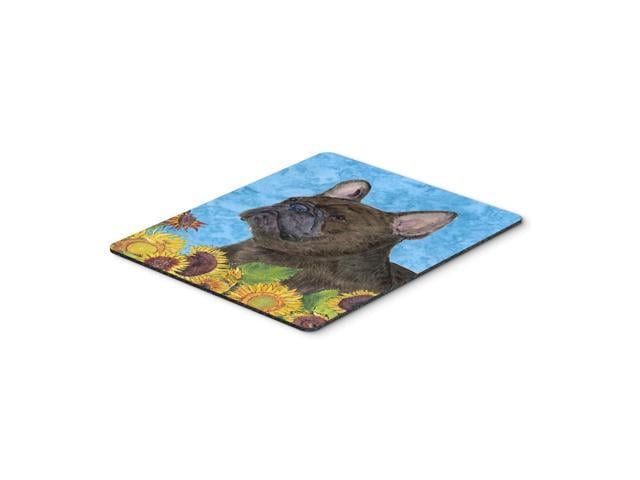Excerpt from The Maturation of the Egg of the Mouse
Researches into the maturation phenomena of both plants and animals have been extended greatly in recent years, and, although they have given rise to numerous different and sometimes conflicting theories, they point on the whole toward a striking uniformity of processes for all of the forms of life studied. Among the metazoa investigations have covered not only the maturation of eggs, but also the production of spermatozoa. These investigations have shown the general rule to be that by means of two mitoses, not separated from each other by a resting nuclear stage, there are formed in the one sex a ripe egg and two (or three) polar cells and in the other sex four spermatids. In many cases the origin, structure, and divisions of the chromosomes involved in these mitoses have received particular attention.
The greater number of works on the maturation divisions of eggs have been carried out on invertebrates, which furnish the most easily obtainable material. Work on vertebrates has been largely devoted to the study of amphibians and mammals. In the case of mammals, which perhaps present the most interesting field for the study of oogenesis, the investigation is especially difficult, since the kinds of mammals lending themselves to such research-es are for several reasons relatively few; among these reasons are the large size of the more common domestic forms, the difficulty of breeding wild animals in captivity, and the infrequency of the breeding periods. Of the mammals most carefully studied (bat, rabbit, guinea - pig, and mouse) the last has been believed to be the only exception to the general rule that two polar cells are formed in the maturation of the egg.
According to the excellent works of Tafani and Sobotta, the egg of the mouse forms two polar cells in only a small proportion of cases; in the greater proportion of instances it produces only one polar cell. It was because of this apparent exception to the general law of maturation in metazoan eggs that the present piece of work was undertaken. It was begun in 1903 with the hope of finding some explanation for the sup posed two classes oi eggs.
About the Publisher
Forgotten Books publishes hundreds of thousands of rare and classic books. Find more at www.forgottenbooks.com
This book is a reproduction of an important historical work. Forgotten Books uses state-of-the-art technology to digitally reconstruct the work, preserving the original format whilst repairing imperfections present in the aged copy. In rare cases, an imperfection in the original, such as a blemish or missing page, may be replicated in our edition. We do, however, repair the vast majority of imperfections successfully; any imperfections that remain are intentionally left to preserve the state of such historical works.















